Spiritual Paradigm of Chess Part 3 Introduction
This is the third in a five-part series and in this article we discuss the Spiritual Paradigm of Chess Part 3 in relation to the pawns.When we look at the pieces themselves we see we have the pawns duplicated 7 times for each colour, the rooks, knights and bishops duplicated once.
So we can say that duality exists up to the point of the Queen which would then represent non duality or Buddhi which itself does not work by comparing separate objects. Realisations involving Buddhi therefore involve union with any particular object which is opposite to the intellect which divides by comparison.
Looking at the analogy of the white pieces as our spiritual self and the black pieces as our lower self or mind (as discussed in the previous articles), we look at the first pawn move of white below and extend the analogy into game play with the individual pieces.
Spiritual Paradigm of Chess The Pawns
The pawn is the most common piece on the board and the simplest. Pawns represent our physical body and our daily routine. The minor arcana of the tarot represent the more ‘mundane lessons of life’ and yet these are very important in our living a harmonious life to facilitate our spiritual path. Below are examples from the Rider Waite Tarot Deck:
Ideally pawns are moved early so that the more advanced pieces can access the game. Although relatively weak at the start they have the potential to turn into a queen on completing their transition across the board. They can defend attacks as well as attacking themselves.
White always moves first and so on the spiritual journey one must begin to start out in a meaningful way and engage the process by moving the white pawn. The pawn may represent the potential within us which can be actualized as long as we follow through our initial steps on the path with correct application.
Like a foot soldier in war, the pawn marches forward one square at a time, they cannot move backwards and so careful thought is necessary before placement. Likewise, everything we do in life and on our spiritual journey has consequences (law of karma) and so we need to apply ourselves to get the most out of it.
The pawns inability to move backwards implies once we have made a start to the game it will be forever changed. Once our spiritual journey has started we are also forever changed as our higher self becomes awakened. We have taken a leap into the unknown like the fool in the tarot as we do not know where our journey will take us but we will be forever changed:
We may or may not choose to recognise our spiritual awakening but nonetheless it has happened and so some people walk away from their intended spiritual life whilst others embrace it.
Pawns that have yet to move have the option of moving two squares forward or just one. They may not jump other pieces and their progress is halted once they come face to face with an opposite piece. A pawn moving two squares forward at the start is symbolic of the impulse that we undergo through when we start our spiritual path. This grace combined with our WILL to know ourselves spiritually kick starts our spiritual journey.
The black opposition pawns may represent obstacles to our initial moving forward on our path & these may take many forms e.g. physical difficulties sitting still in meditation, letting our emotions get in the way or having negative thoughts. All of these can impact on the quality of our meditation. We do not achieve this by head to head confrontation and so 2 pawns become stuck when head to head on the board or when more advanced black pieces (our inner obstacles) block them:
Pawns can only take pieces in a diagonal move. The pawn comes to a stasis unless it moves diagonally. Flexibility on our path is a great asset and to be able to cope with new environments and step outside our usual direction. So the pawns diagonal ‘capturing move’ may represent our flexibility in meditation and also in our daily living. As the white pawn takes a black piece, so we are removing obstacles (karma) on our way to union with God. Diagonal moves may represent the realisations we make and hence our initial ‘path of movement’ has to be altered to make changes in our awareness. The most potent use of a pawn is therefore its diagonal move as it cannot remove an opposing piece going forward and comes to stasis on meeting a black piece head on.
Some pawns can move too far forward on the board without the support of the other pieces and these become very vulnerable. Particularly in the early stages of our journey we attempt to go too far too fast without the proper support we can quickly lose our way. What we thought was the right direction may leave us isolated and frustrated with our progress and we become swamped with life (the white pawn is vulnerable to black pieces and is captured). We therefore lose our sense of direction on the path. This may take the form of improper breathing techniques, incorrect use of mantras, being sidestepped by use of false beliefs and useless philosophies or poor diet and lifestyle. All of these represent potential mistakes for the new aspirant on their spiritual path. It is always important to have proper support from fellow initiates and adepts and to have the humility to recognise this without going out on a limb like the wayward pawn on the chessboard and being captured by life again.
In opening play, white usually moves the central pawns first and the flanks later. The aim is to control the central squares of the board and then to create space for the more powerful pieces to come into play later. By moving the central pawns first and occupying the centre, white has domination and protection of more squares than the flank pawns (see photo above)
Again this illustrates that our first steps on the path are very important and some things are significant, like moving the central pawns Practical examples of important things a new aspirant can do are things like (i) going to meetings for regular support and guidance, (ii) reading useful spiritual texts (iii) Looking at our diet, perhaps being vegetarian would have an impact on our meditation. Plants have a much finer and stiller energy than meat and so are more conducive to someone who wants stillness through meditation. Meat carries the emotional & physical energy of the animal (animals having an emotional body that plants don’t have) and if we are looking to refine our aura through spiritual practice then this is not beneficial to us as we are taking in the emotional body of the animal on top of our own.
All of the above are examples of positive steps forward which all have the potential to quicken our spiritual progress. Moving the flank pawn first is akin to not knowing what are strengths are and using them wisely. If this is the case then we might be engaging in tasks which take us longer to develop the necessary stillness & detachment needed for meditation.
Eventually pawns are sacrificed for a greater position of strength on the board. This reflects the sacrifice of our small self for our higher Self. The spiritual journey is one of intelligent sacrifice of our personality for God realisation. This translates into the process of sacrificing our small identity in meditation. We start by an awareness of the 5 senses and this gradually progresses to being able to meditate on subtler energies once the thousand petalled lotus has been revealed. By merging with the spiritual light and sound within we slowly give up our identity that we are a pawn (physical body) and naturally want the highest expression that we can obtain (The Queen). Perhaps where this analogy finds limitation is that the process of giving up our lower self is done in gradual steps rather than big jumps and hence the journey to enlightenment does not happen overnight with most people but over a long period of time. So the process of converting pawn to queen may in fact take several steps for the aspirant or several lifetimes!
The only piece the pawn cannot be converted to is the King. This is our ‘soul’ or our permanent self.
In the next article we will look at the symbolism of the Knights.
Links
The Chess Game : A Spiritual Story
Chess as a Spiritual Paradigm
Spiritual Warefare as a Chess Game

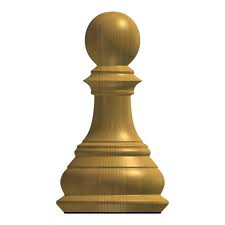
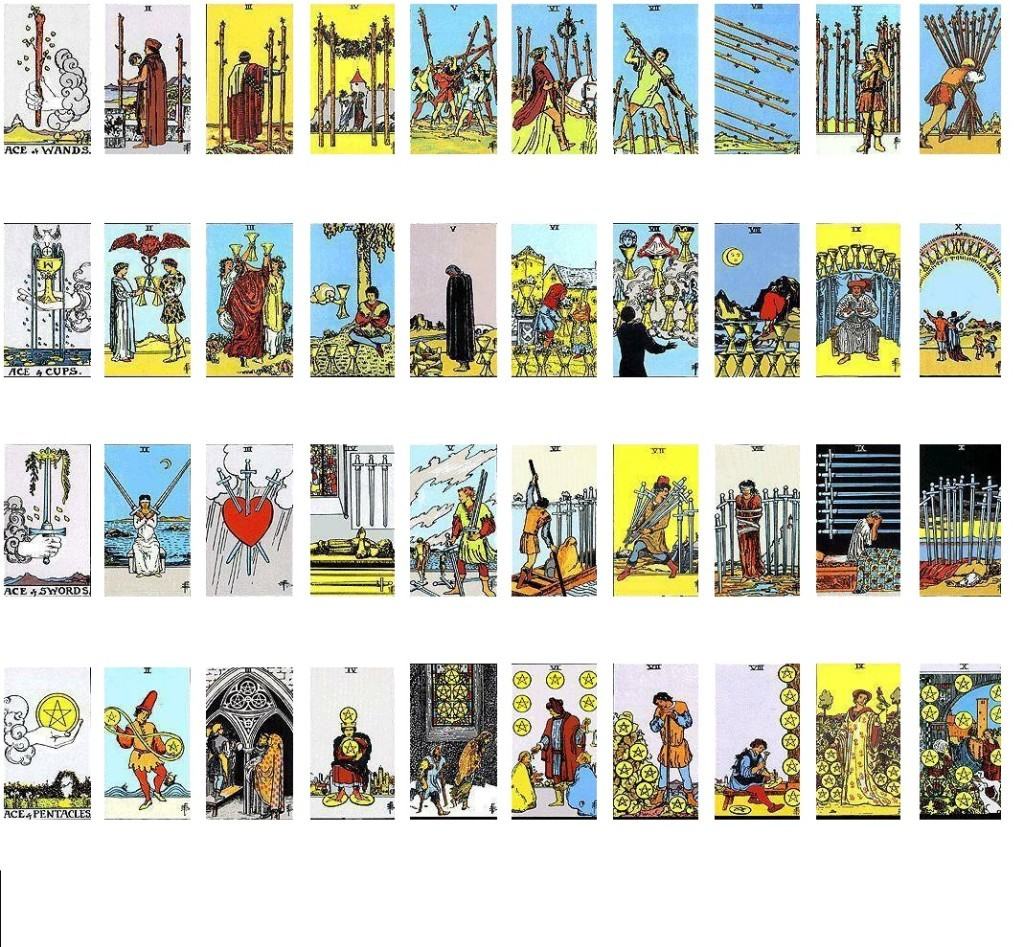
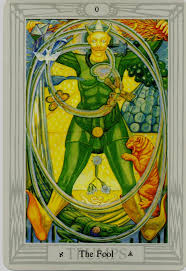
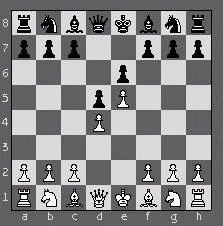
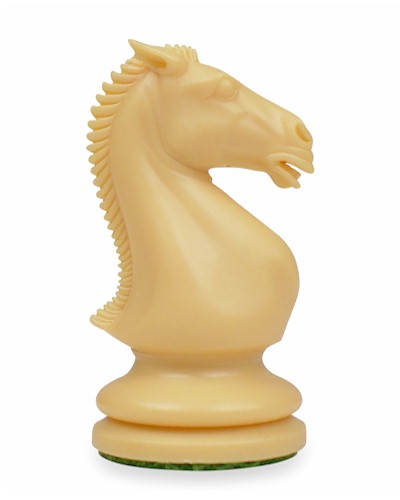
What an I reading.